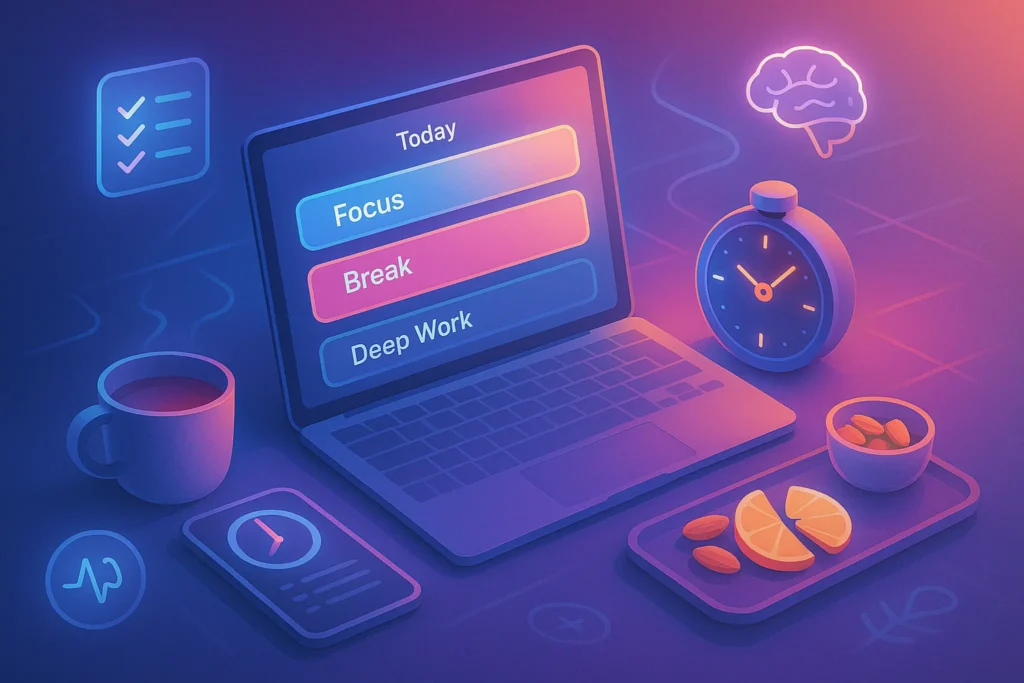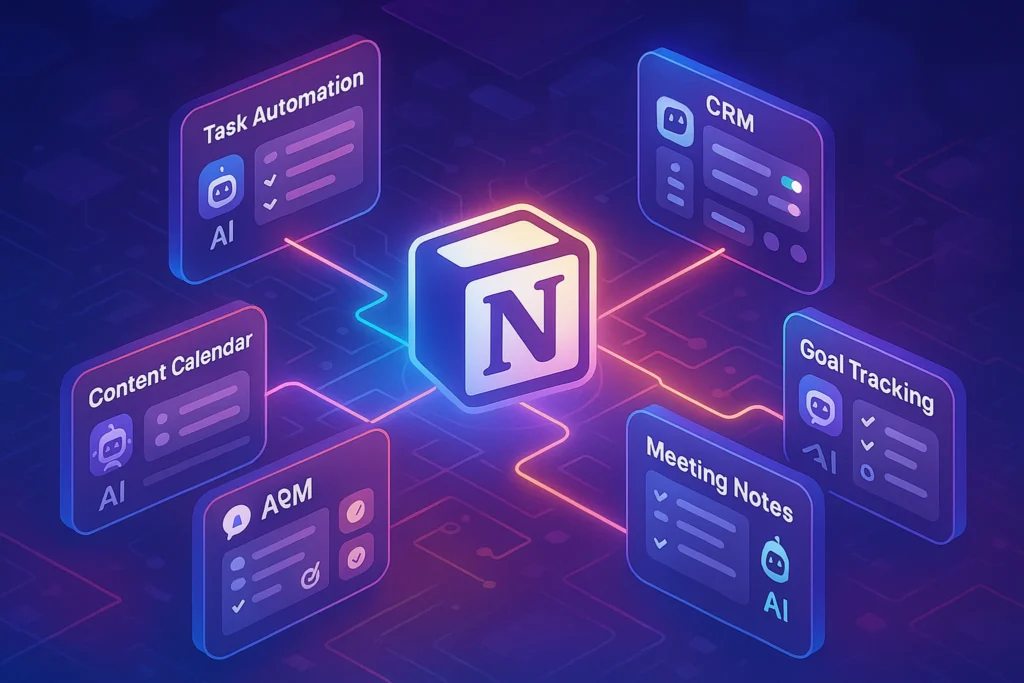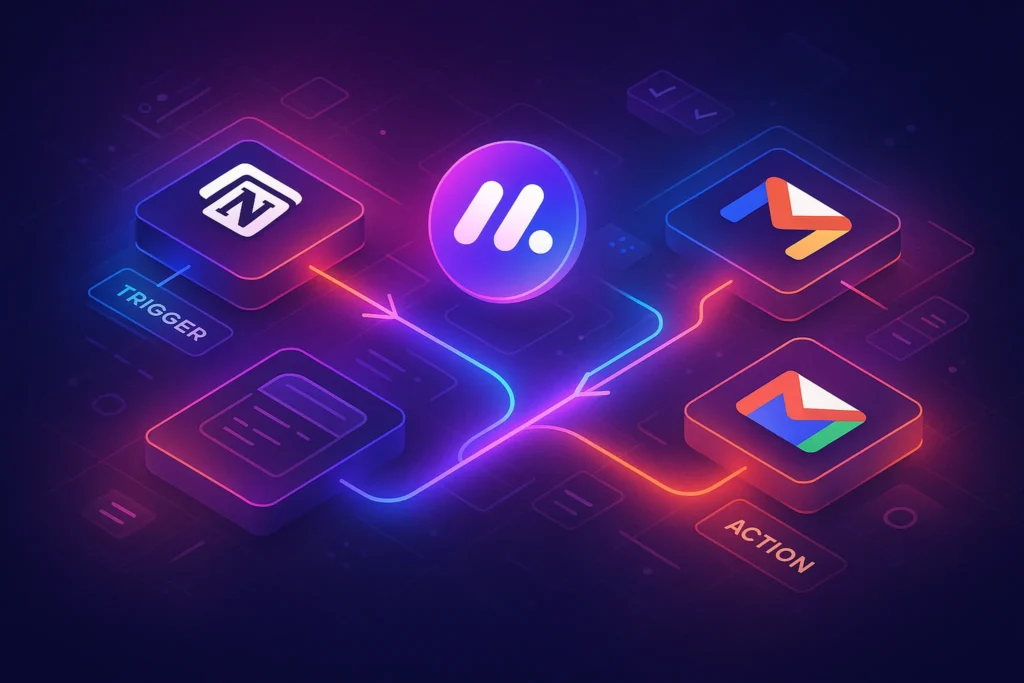-This post may contain affiliate links. If you click on one and make a purchase, I may earn a small commission at no extra cost to you.-
🧭 Introduction
Imagine accomplishing more in a day while feeling less overwhelmed—like a well-tuned engine that runs smoother with fewer fuel stops. That’s what evidence-based productivity techniques offer. We’ve all tried hacks that feel good but don’t work over time. This guide dives into methods backed by real science: studies in psychology, neuroscience, and behavioral economics. From optimizing your calendar to strategically managing your attention, these are tools designed to help professionals and creatives thrive—not just survive.
⏱️ Time-Blocking: Structuring Your Workflow with Intention
💡 What It Is and Why It Works
Time-blocking means dedicating uninterrupted intervals to specific tasks—like scheduling focused work, email, or breaks. It’s a cornerstone of systems like How to Set Up a Productivity System That Actually Works, and proven to enhance focus by reducing task-switching.
🧪 Science Behind It
A 2008 study from the American Psychological Association found that switching tasks can reduce productivity by about 40%. Time-blocking combats this by creating “deep work zones” where your brain stays locked in.
🔧 How to Use It Daily
Choose 90-minute slots based on your chronotype—morning for deep work, afternoon for creative collaboration, evening for reflection or admin. Use a digital calendar with color labels or analog notebooks to reinforce the structure.
This technique integrates perfectly with our Daily Routine Guide, adding structure to your morning rituals and evening wind-down.
🧠 Focus Sprints & the Pomodoro Technique
💡 The Concept
A “focus sprint” is an intense, short burst of concentrated work—25 minutes, then a 5-minute break, repeat. That’s the classic Pomodoro. The aim? Sustained focus without burnout.
🧪 Neuroscience of Focus
Research published in Cognitive Neuroscience reveals that we can only maintain high attentional control in 25–30 minute segments before performance declines. Short, structured breaks help your brain reset and sustain productivity across the day.
🔧 How to Apply
Start your day with 3–5 Pomodoros for high-leverage tasks like writing or designing. On break, avoid screen time: stretch, hydrate, or briefly meditate. This blends seamlessly with time-blocking vs scheduling morning sprints.
🔁 Task Pairing: Combining Focus + Physical Movement
💡 Why It Matters
Your brain needs fuel—mental and physical. Research from the Journal of Experimental Psychology shows that low-level activities like standing or walking increase blood flow and cognitive flexibility.
🧪 Scientific Evidence
Neurology studies indicate standing boosts working memory and creativity. Combining walking with brainstorming can generate 60% more ideas, according to Stanford research.
🔧 Practical Example
Pair a Pomodoro session with a 5-minute walk or standing stretch. Or use a treadmill desk for meetings or ideation time. Task-pairing also aligns with self-care strategies in our Productivity System Setup (Step‑by‑Step Guide).
🍎 Eat for Energy: Nutrition Hacks That Fuel Focus
💡 Nutritional Alignment
Your brain craves stable glucose. Avoid sugar spikes with protein-rich meals, healthy fats, and fiber. Add whole grains, leafy greens, berries, and omega-3 foods like salmon.
🧪 Science Check
A study in the American Journal of Clinical Nutrition shows that balanced meals improve attention span by 20% vs sugary, carb-heavy meals.
🔧 Quick Nutrition Tips
-
Start your day with protein + complex carbs (Greek yogurt with berries + oats).
-
Avoid sugary “crash” snacks after lunch.
-
Stay hydrated—dehydration of 1–2% impairs mood and focus.
🔄 Single-Tasking vs Multitasking
💡 The Hidden Cost of Split Attention
We often brag about multitasking, but the science says otherwise. It leads to slower performance, lower accuracy, and mental fatigue—even if the tasks seem simple.
🧪 Cognitive Cost
Psychological Science shows that switching tasks repeatedly is cognitively expensive; each shift can cost up to 23 minutes of productivity.
🔧 Apply This Mindfully
Protect your time blocks. Turn off app notifications. Use tools like “Do Not Disturb” and resist the urge to bounce between email and Spotify and Slack. Single-tasking boosts both speed and quality.
💤 Prioritize Sleep and Rest for Lasting Productivity
💡 Quality Rest Powers Output
Sleep isn’t just downtime—it’s where learning consolidates, memory resets, and focus restores. Research links adequate sleep with higher problem-solving ability, better creativity, and emotional stability.
🧪 Ideal Sleep Duration
7–9 hours per night is standard for peak cognitive performance, supported by CDC and sleep research institutions.
🔧 How to Improve
-
Keep consistent bedtimes within ±30 minutes
-
Ditch screens 60 minutes before sleep
-
Use a “wind-down” ritual—tea, stretching, reading
📅 Weekly Planning & “Theme Days”
💡 The Value of Weekly Reflection
Mapping your week with theme days helps combat decision fatigue. For example: Mondays for meetings, Tuesdays for deep work, Fridays for review.
🧪 Behavioral Research
Studies from Harvard Business Review show that weekly reviews raise on-task productivity by 70%.
🔧 How to Set It Up
Block out a weekly 30-minute planning session. Highlight theme days in bold colors, define 3 key outcomes for the week, and use the Productivity System Setup (Step‑by‑Step Guide) for templates.
📊 Automate It or Delegate It
💡 The 80/20 of Productivity
When routine tasks accumulate—like invoicing, file-naming, or project requests—it’s time to automate or delegate them.
🧪 Time Reuse
Studies at MIT found that even small workflow automations free up hours monthly—and researchers are happier.
🔧 Tools & Approaches
Use tools like Zapier or Make.com to automate data tasks. Delegate meeting coordination or admin via virtual assistants. Treat these tools like “productivity teammates.”
🤝 Social Accountability & Progress Visibility
You’re 65% more likely to reach a goal when accountable to another person—or even a simple accountability partner.
🧪 Behavioral Evidence
Research in Applied Psychology confirms that written goals shared publicly lead to faster, better outcomes.
🔧 Implementing It
Find an accountability partner or group. Share weekly goals, post progress, or sync calendars. If you’re using theme days, share weekly theme aims with teammates or collaborators.
🔍 Cognitive Load Management – How to Think Smarter, Not Longer
🌪️ The Myth of Multitasking
Many of us wear productivity like a badge—juggling emails, Slack notifications, and spreadsheets simultaneously. But what science actually says is unsettling: Multitasking isn’t efficient—in fact, it doubles cognitive load and increases mistakes. A comprehensive study in Psychological Science found switching between tasks incurs a “switch cost” equal to losing about 15 minutes of productivity per hour. So, multitasking not only fragments your attention—it warps your sense of time and performance.
🧪 Reducing Cognitive Overload
To reduce this overload, consider centralized tools and dashboards. Apps like Notion or ClickUp convert multiple channels into one organized space. Labels, status boards, and integrations ensure you don’t need to mentally triage between tools. This sheds one unnecessary layer of decision-making and let’s mental energy be applied where it matters most.
🔧 Everyday Tactics
When planning your day, include cognitive load checkpoints: assign at least two transitions between deep work blocks and high-complexity tasks. Focused work time should be shielded—block external triggers like notifications or phone alerts, and set expectations with teammates: your working hours are offline.
🧬 Habit Stacking & Behavioral Reinforcement: Make Productivity Automatic
🧠 Why Willpower Is Overrated
Relying solely on willpower might feel empowering in theory, but in practice it’s a fragile resource. According to Robert Cialdini’s principles of influence, when we attach new behaviors to existing habits, our likelihood of consistency skyrockets. It’s called habit stacking—pairing a routine you already do (like brewing coffee) with a new task (like planning your morning).
🧪 Behavioral Science Behind It
In Charles Duhigg’s The Power of Habit, the formula is simple: Cue → Routine → Reward. If you identify your morning coffee habit as the cue, the new task (e.g., writing your top 3 daily priorities) becomes the routine. Immediately reward yourself—perhaps with a small treat or quick stretch—to reinforce the cycle. Over time, this becomes automatic, removing friction from productivity rituals.
🔧 How to Build Your Stack
-
Attach a 2-minute planning routine right after a daily event—coffee, lunch, GTD inbox check.
-
Use a physical cue (sticky note on your laptop) or digital reminder.
-
Log your stack in a habit-tracking app like Habitica or Streaks, which merge accountability with reward systems.
📚 The Power of Reflection – Logging & Journaling for Continuous Improvement
🧭 Why Reflect?
Reflection unlocks awareness. A study in Organizational Behavior and Human Decision Processes showed that teams keeping weekly logs outperform those that don’t—by double-digit margins in deliverable quality. Writing daily or weekly reflections improves clarity, motivation, and focus for future tasks.
🧪 Psychological Backing
Reflection aligns with metacognition—or thinking about thinking. By journaling about what went well (and what didn’t), you’re identifying behavioral patterns, emotional states, and productivity hacks that consistently work—or don’t.
🔧 Journaling Formats
-
End-of-day summary: 3 lines about your top wins, biggest distraction, and next day’s plan.
-
Weekly insight log: 5-minute reflection every Friday on productivity systems, challenges, and tweaks for the next cycle.
-
Tools: Use analog notebooks or digital apps like Day One, Notion’s journal template, or even Google Docs.
🤝 Social Proof & Transparency – How Sharing Boosts Our Output
🎯 Social Accountability Strategies
We’re wired for connection—sharing goals with peers or teammates raises our chances of success by 65%. In a Psychology Today review, setting a public accountability check-in doubled follow-through versus private goals.
🔧 Implementation Tips
-
Use a small team chat: “This week, I commit to three Pomodoro blocks per day.”
-
Share a 30-day productivity journey publicly—invite micro-contributions or reactions.
-
Use a progress-tracking tool like Beeminder for auto-billing if goals aren’t met—nothing motivates like a small financial loss.
🔧 Tools of the Trade – Productivity Platforms That Deliver
💡 Consolidation Is Key
Your stack should feel like a workspace, not a battleground of apps. Few tools complement the above systems perfectly:
-
Notion: Central hub for time‑blocking, journals, project templates, and Kanbans.
-
Forest: Pomodoro-based focus app that rewards concentration with plant growth.
-
RescueTime: Automated tracking of app and site usage to quantify focus blocks.
-
Habitica: Gamified habit tracker for stacking and journaling rewards.
🧪 Bottom-line Results
Studies show gamified journaling increases retention of new habits by 20%. Time‑blocking with digital calendars reduces transition fatigue for 80% of power users.
🧠 Nerd Verdict
Science confirms that productivity isn’t about doing more—it’s about doing right. Use intention-powered time blocks, harness your rest cycles, fuel your focus, and automate the rest. These aren’t trends—they’re foundations.
Science-based systems work not because they’re clever—they work because they work with you. Structure and reflection build autonomy; journals reinforce awareness; accountability fuels commitment. Add sleep, nutrition, and cognitive hygiene—now you’re not just doing more. You’re doing what matters.
❓ FAQ
Q: Can small life changes actually improve productivity?
A: Yes. Studies show even 15-minute daily rituals—like planning blocks and focused sprints—compound to meaningful gains over weeks.
Q: What if I work a nonlinear schedule (shift work, parenting)?
A: Adapt blocks around your rhythm. Use single-task focus in high-energy windows; automate or delegate during chaos. Weekly theme days help you macroscope your work.
Q: Can I combine daily routines with weekly reviews?
A: Absolutely. Daily journaling gives immediate feedback on habits; weekly reviews turn insights into actionable adjustments. It’s the feedback loop that improves long-term focus and satisfaction.
Q: What if I miss a routine or journal entry?
A: No worries. Systems thrive on consistency, not perfection. A single missed session isn’t a failure—just log “missed” and move on.
Q: How do I know which tools are worth it?
A: Try simple, free options first. Forest (Pomodoro), Notion (planning), and RescueTime (tracking) are low-risk. Only upgrade when the system becomes essential, not before.
💬 Would You Bite?
Which tweak will you try this week—time-blocking, Pomodoro sprints, or themed days—and why?
Comment with your pick, and I’ll share one of my scripts or automations to help you get started!👇



